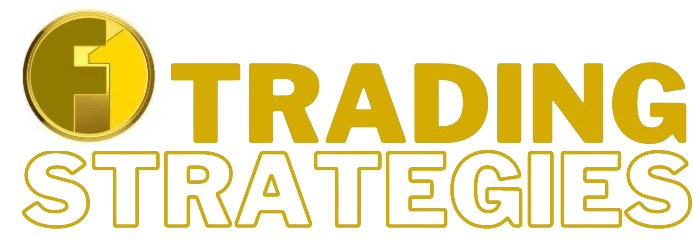The strategy is designed for very short deadlines, 30, 60, 120 seconds.
It involves the use of 2 indicators for Metatrader 4: Turbo Swing and Turbo Alarm.
We place two Metatrader windows in the same monitor: on the left M1, on the right M5.

The desktop screen is divided into two parts: the upper part reserved for the graphs and the “Alarm” indicator, the lower part dedicated to the “Turbo Swing” indicator.
The example currency is Eur/Usd (it can be any).
The Turbo Swing Indicator serves to identify a price swing that confirms a change in direction.

It is characterized by:
• a Maximum in case the direction changes from ascending to descending.
• a Minimum in case the direction changes from descending to ascending.
It is made up of a series of oscillations that change over time.

The signal occurs via a symbol reminiscent of the Swing. Here’s a Swing High:

In this example it is currently colorless (it is now grey). When the internal vertical line is Red (or Green in the case of Swing Low), it means that the Swing has greater importance.
We will use the APPEARANCE of a colored Swing as the MOMENT of Entry into Time frame M1.
We will use the Swing TYPE that appears (Red Put, Green Call) as the Entry DIRECTION in Time frame M1.
We foresee a PUT entry with the red Swing, a CALL entry with the green Swing.
The shape of the symbol can sometimes be limited to the colored line. It’s still a Swing, just the symbol is slightly different. Its appearance is dictated by the amplitude of the Swing, however its input signal is equally valid.
Turbo Alarm indicator.

The indicator is used to identify an obstacle with an arrow that will indicate a possible change of direction.
Even in this case the appearance of an arrow does not determine an entry decision.
Furthermore, the appearance of an arrow can be followed by a second, or even by a series of subsequent arrows, as in the figure:

The last arrow of the sequence will be the one that will give us the input signal.
How do you know if it’s the last one or if others will follow?
The Turbo Swing indicator comes to our aid as it will have to confirm, with its signal, the possible entry, i.e. the presence of the Swing that will give the change of direction.
First Entry Rule.
When we simultaneously have a signal consisting of the appearance of the colored Swing and the presence of the arrow we get the green light to trade.
Second Entry Rule.
The signal must be confirmed by the presence of a swing of the same color on M5.
Such a swing on M5 may have appeared previously, but it is still the latest in the series.
General Rule of Strategy.
The appearance of the colored Swing on M1 together with the presence of the “alert” arrow on M1 gives us the input signal when it is confirmed by the presence of the colored Swing also on Timeframe M5.
The presence of an alert arrow on M5, although not essential, will support this input signal.
It does not matter whether the alarm arrow or the swing appears on M1 first, it is important that both are present at the time of entry, always naturally with the M5 swing confirmation.
There is not only one deadline, but in any case it must be short.
The results of our tests were greatest with the short deadlines, namely 30, 60 and 120 seconds.
Trading Example.
11.50pm – AUD/USD, M1 on the left, M5 on the right.

There is a red swing high on M5. We await the developments of M1, i.e. a swing high and an alarm arrow.
After few minutes:

A red swing appears on M1, identical to that of M5. The alarm arrow on M1 to confirm entry is still missing, which arrives shortly after.

All the conditions are present, i.e. arrow M1, swing M1, swing M5: when the arrow appears, therefore ENTRY INTO THE PUT Trade, expiry a few seconds.
In the following video you have other input examples.
You can download our indicators for free
Try our strategy and leave a comment on the results obtained.
To receive the new strategies you can subscribe to the YouTube channel and click the “like” button. Thanks for following us.





